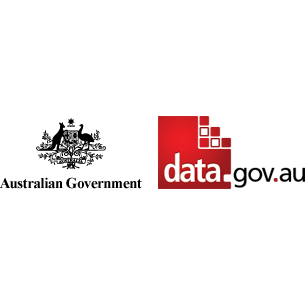Brief description
National immunisation coverage rates, 2015 to 2020.Human Papillomavirus (HPV) immunisation coverage rates, 2015 to 2017.
Full description
Proportion of the target population covered by all vaccines included in their national programme - This table provides annualised national immunisation coverage rates for one, two and five year olds. Rates are calculated based on the preceding rolling four quarters. Data is sourced from the Australian Immunisation Register (AIR) administered by the Commonwealth Department, Services Australia. 2020 coverage rates include data to the end of the December 2020 assessment quarter. The data shows the proportion of children fully immunised at one, two and five years of age according to the National Immunisation Program Schedule.\r\n\r\n* From quarter ending 31 December 2013, pneumococcal (dose 3) was included in the definition of fully immunised for the 12 to less than 15 months cohort.\r\n* From quarter ending 31 December 2014, meningococcal C (given at 12 months), and dose 2 measles, mumps, rubella (MMR) and dose 1 varicella (given as MMRV at 18 months) were included in the definition of fully immunised for the 24 to 27 month cohort.\r\n* From quarter ending 31 March 2017, DTP dose 4 (given at 18 months) was included in the definition for fully immunised for 24 to less than 27 months.\r\n* From quarter ending 31 December 2017, dose 2 measles, mumps, rubella (MMR) was removed from the definition of fully immunised for the 60 to 63 month cohort.\r\n\r\nThe inclusion of these immunisations to the definition of ‘fully immunised’ caused a drop in the coverage rates. The more antigens included in the assessment, the higher the likelihood of reduced coverage rates. This usually resolves over time as the changes become more routine.\r\n\r\nProportion of adolescents turning 15 years of age covered with human papillomavirus vaccine - This table shows vaccination coverage with three doses of human papillomavirus vaccine for adolescents turning 15 years of age by year. The HPV data is sourced from the National HPV Vaccination Program Register (HPV Register) on 16 January 2019 from http://www.hpvregister.org.au/ \r\nDue to the dynamic nature of the HPV Register, data in this extract is subject to retrospective revision and may vary from data reported on the HPV Register website and other publications.\r\n
Spatial Coverage And Location
text: Australia
Subjects
User Contributed Tags
Login to tag this record with meaningful keywords to make it easier to discover
Identifiers
- Local : proportion-of-the-target-population-covered-by-all-vaccines-included-in-their-national-programme
- URI : data.gov.au/data/dataset/51920cfd-b1a5-4bc2-86ef-e2449ddb752c



